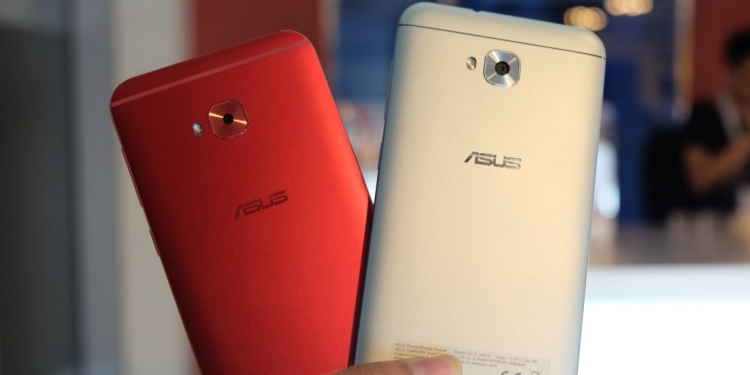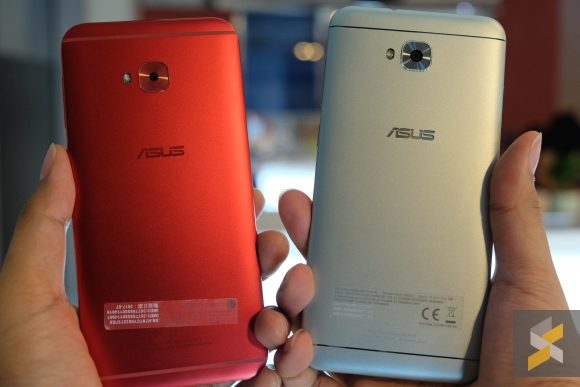It isn’t difficult to figure out who leads the whole selfie-centric mid-range segment of the smartphone market. OPPO found a niche for itself and has reaped the benefits by selling the right kind of smartphone to the right kind of people.
Many have tried to compete with them in this lucrative segment but to varying amounts of success. This year, they’re getting a new challenger as ASUS brings back one of its most beloved smartphones, the Zenfone Selfie. This year, it’s called the ZenFone 4 Selfie and ZenFone 4 Selfie Pro, but does it have what it takes to topple the king of the hill?
There are two variants of ASUS’ new selfie-centric smartphones. There’s the more powerful ZenFone 4 Selfie Pro and the regular ZenFone 4 Selfie. These phones have vastly different hardware and even feature different cameras, but they both share the same goal when it comes to taking selfies — get as much in the frame as possible.
Oh that, and having two selfie cameras instead of just one, because 2017.
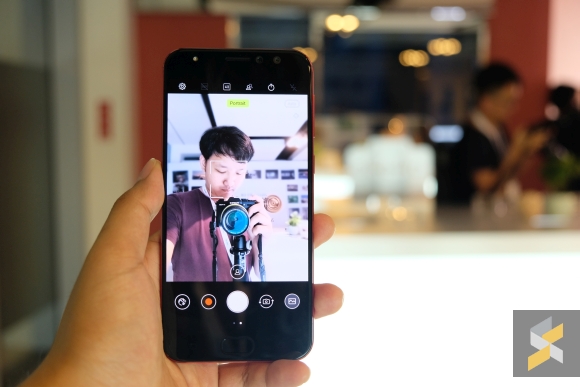
That’s why both smartphones feature a regular high-resolution selfie shooter and a secondary wide-angled selfie camera. On the Selfie Pro, you’ll find a Sony IMX362 sensor with an f/1.8 aperture lens and a 5-megapixel f/2.2 aperture wide angle camera. If you’re wondering, yes, the Sony IMX362 is traditionally used as the rear camera of a smartphone because of its ability to use 100% of its pixels for autofocusing. This tech is called Dual Pixel AF and it is a really great form of AF. This Sony sensor is also the same one you’d find in the ZenFone 4 and ZenFone 4 Pro’s main camera.
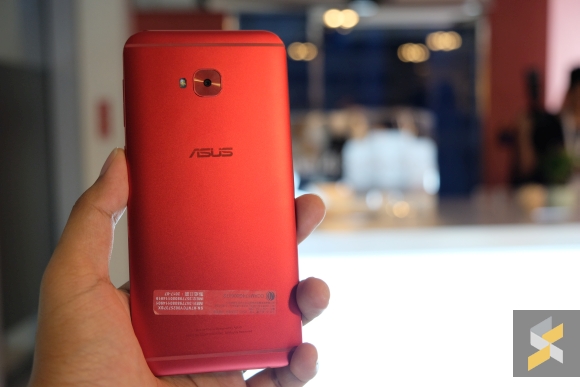
However, ASUS has tweaked the same 12-megapixel sensor to produce high-resolution 24-megapixel images instead. You see, the Sony sensor actually has two photodiodes per pixel instead of just one. While the second photodiode is traditionally used for Dual Pixel AF, ASUS has instead converted it to also produce images. This means that each pixel has two data streams, effectively doubling the resolution of the sensor. It also has the ability to shoot 4K video with the front-facing camera.

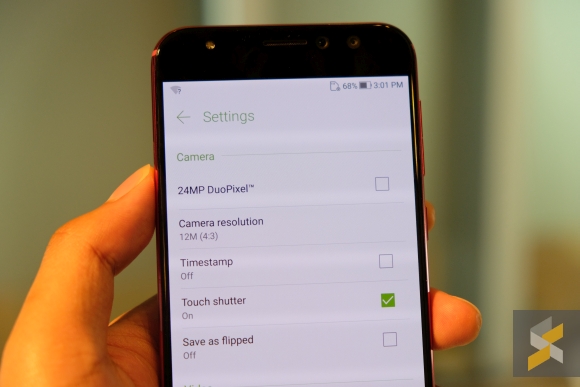
It isn’t without compromises, though, as the size of each 1.4-micron pixel will also effectively be halved, reducing light sensitivity and probably reducing the quality of low-light selfies. The good news is that this 24MP DuoPixel mode can be toggled on or off in the camera settings so you can use 12MP for low-light and 24MP in well-lit situations. On the regular ZenFone 4 Selfie, you get a far more standard 20MP + 8MP affair without any of this sophisticated technowizardry.

Was it worth all the effort though?
Well, comparing the Selfie and the Selfie Pro side by side, the difference in image quality is very apparent. The Selfie Pro certainly produces better images than the Selfie, but I guess that’s pretty much expected at this point.
What I can’t really tell, though, is whether the ZenFone 4 Selfie and Selfie Pro can compete with their rivals from across the pond: OPPO. I had a very short amount of time with the ASUS devices so I really can’t judge for now without a proper comparison.
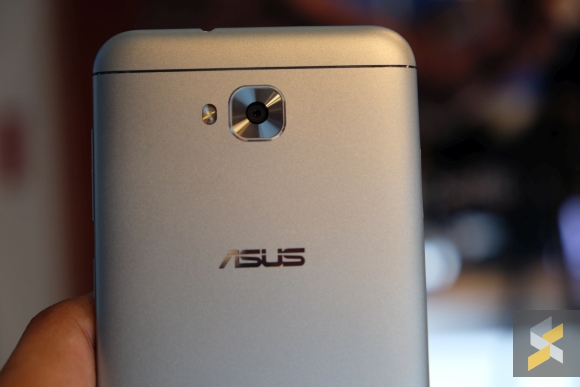
I can, however, tell you that although both these smartphones are made of metal, look the same, and are part of the same family, they feel like completely different devices in the hand. The Pro variant feels a lot better put together than the non-Pro variant. Its metal shell feels closer knit and more robust than the base Selfie so the difference in price is immediately noticeable when you pick them up.
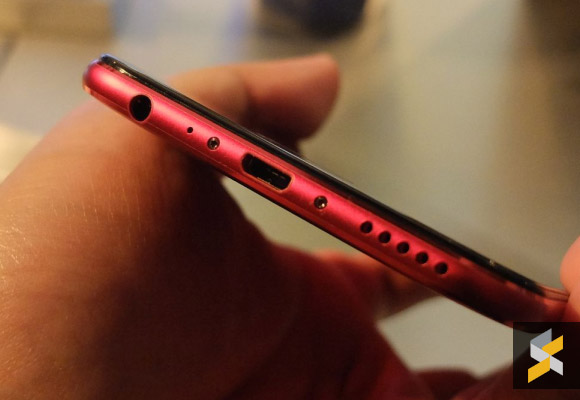
And it’s a big difference in price too. The ZenFone 4 Selfie Pro will retail in Malaysia for RM1,799 while the ZenFone 4 Selfie is priced at RM1,299.
For RM1,799, you’ll be getting a 5.5-inch Full HD display, Snapdragon 625 14nm octa-core processor, 4GB of RAM and 64GB of internal storage. If you want to save the RM500 and go for the ZenFone 4 Selfie instead, you’ll be downgrading the processor to a Snapdragon 430 chip and the display to a 5.5-inch HD720p screen instead. Both do have 3,000 mAh battery cells with support for quick-charging, however.
That said, these price points also put them directly in OPPO and vivo’s crosshairs. At the top end, the Selfie Pro will be competing with the OPPO R9s (RM1,798) and the vivo V5 Plus (RM1,799). As far as build goes, all three have the same kind of construction, though, I personally feel the R9s feels just a tad bit better put together.
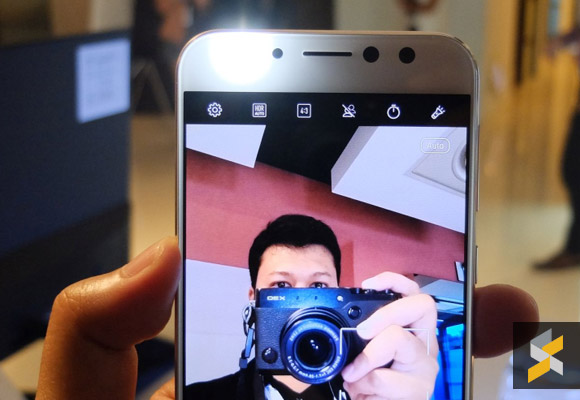
Although, they’re all pretty selfie-centric, there is a difference in how each device handles selfies. vivo went for the depth+bokeh route while OPPO’s just sticking to raw 16MP images. ASUS, though, is going wide and the effect is pretty profound. I’ve always been a fan of the ultra-wide so I do prefer ASUS’ implementation. One thing worth noting, however, is that the ZenFone distorts pretty heavily at edges, giving it the “GoPro feel” which probably isn’t ideal for keeping faces slim during selfies.
Over on the more affordable side, the ZenFone 4 Selfie is facing competition from the likes of the vivo V5 (RM1,299) , OPPO F1s (RM998)and the OPPO A77 (RM1298). The OPPO and vivo phones rely purely on their single 16MP shooter, so the ZenFone has the edge when it comes to variety with the 8MP wide-angle. Spec-wise, the ZenFone comes with a Qualcomm Snapdragon chip, which I know many prefer over the MediaTek MT6750 chips in the OPPO and vivo handsets, and the ZenFone edges out the OPPO F1s with more storage and RAM.
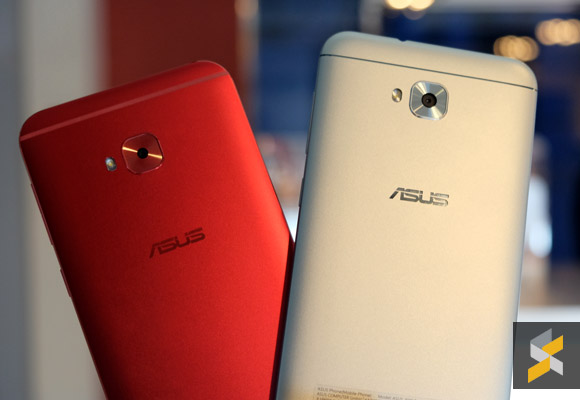
However, while ASUS’ phones do look pretty even — and in some cases better — against the competition, they have to remember that they’re competing in a segment of the market where most purchases happen because someone saw an ad on a billboard or movie theatre. Or if they find a phone prettier than the other.
I think this segment is all about brand awareness and compared to the likes of OPPO or vivo who have invested heavily into traditional advertising or brand ambassadors, it’s going to be really tough for ASUS to change consumer mindset.
Related ASUS ZenFone 4 posts
ASUS ZenFone 4 series is now official
ASUS ZenFone 4 series now available for pre-order in Malaysia

